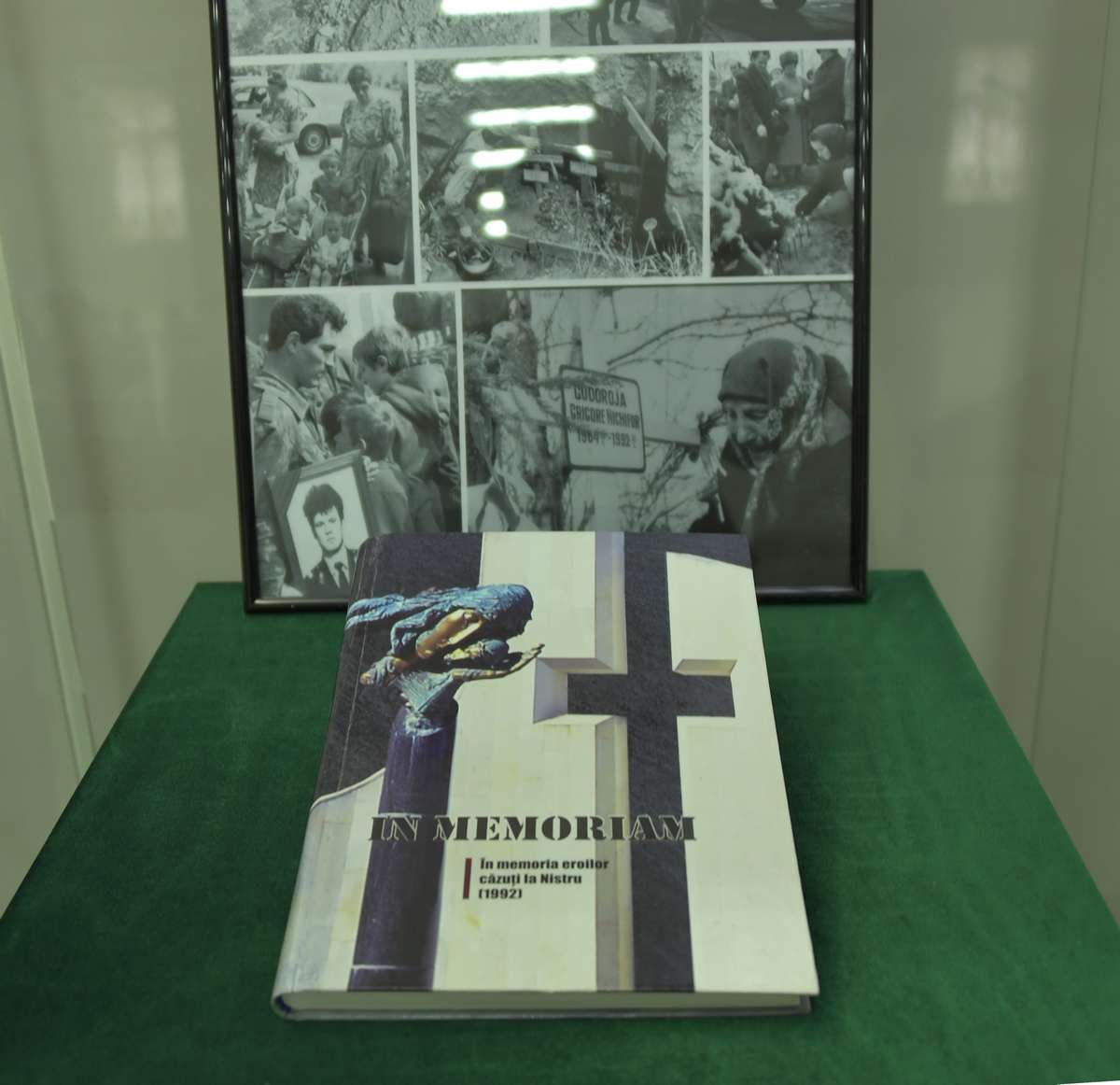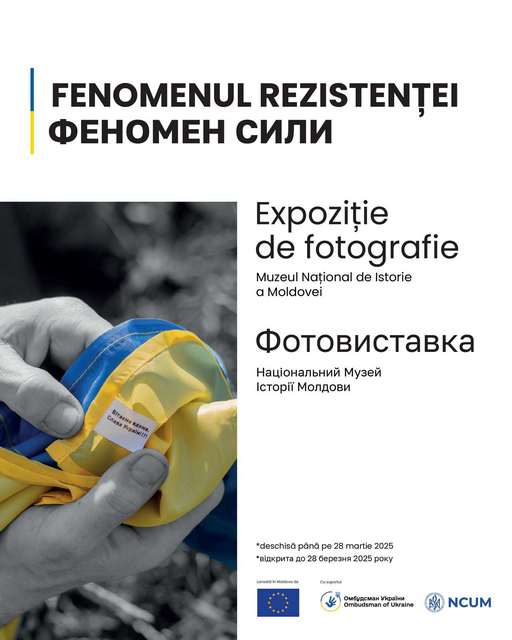  Events Archive Events Archive
Opening of the Exhibition "Chișinău at the Red Line"
November 8, 2024
On November 8, 2024, the National Museum of History of Moldova hosted the opening of the documentary exhibition "Chișinău at the Red Line," an initiative that offers the public a profound perspective on the urban heritage of Chișinău and the civic intervention required to protect it. This event, part of a broader project carried out in partnership with the Association for Culture and Arts Arbor and the Arbor Institute for Culture, brought together representatives from the cultural community and civil society to explore both the history and vulnerabilities of the city's architecture.
In his opening speech, the museum's general director, Dr. Eugen Sava, emphasized the crucial role of the museum in promoting and protecting urban heritage and praised the collaboration with civic organizations to draw attention to Chișinău's iconic buildings and monuments. Dr. Sava remarked that this initiative provides the public with the opportunity to reflect on the importance of preserving historic architecture as an integral part of the city's cultural identity.
Project manager Victoria Nagy Vajda highlighted the team's efforts and the commitment of the partners in documenting buildings and public spaces threatened by various urban pressures. "Chișinău at the Red Line," in her words, "is a visual and documentary testimony of the current state of our heritage and a call for collective mobilization to preserve what defines us culturally and historically." The exhibition reflects the intense research work and ongoing dialogue with members of the scientific community, artists, and activists who are fighting to protect historical spaces.
Activist Vitalie Sprânceană spoke about the importance of civil society's involvement in defending architectural heritage, reminding that these buildings and spaces are part of the city's cultural identity and must be protected not only for ourselves but also for future generations. In his words, "Chișinău at the Red Line is more than an exhibition - it is a call to action, an invitation for each of us to contribute to heritage conservation and to be mindful of how the city develops."
The exhibition, open to the public until December 8, 2024, presents a wide selection of documentary materials, collages of historical and contemporary photographs, informative panels, artifacts, and video recordings. These offer visitors a comprehensive view of the current state of Chișinău's urban heritage, showcasing both recent developments and the challenges it faces. The exhibition aims to raise public awareness and promote an active dialogue about the importance and vulnerability of these historical spaces.
The exhibition "Chișinău at the Red Line" will be open from November 8 to December 8, 2024, in Hall 4 of the National Museum of History of Moldova, Chișinău, 31 August 1989 Street, 121A.
|






















































